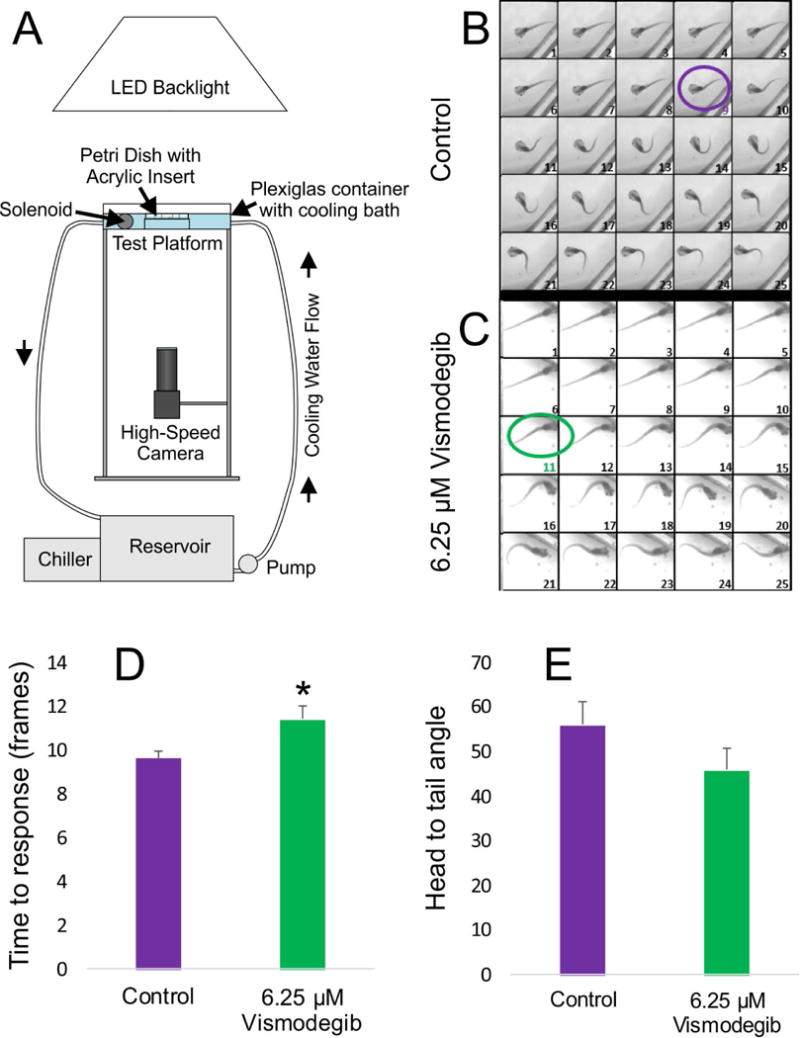Figure 6. Impact of Vismodegib treatement on tadpole swimming behavior.

A) Schematic of imaging apparatus utilized for recording tadpole swimming behavior and the C-start response following a controlled perturbation, as described by Zarei et al (2017). B–C) Images of the first 25 frames captured following initiation of the stimulus for both control animals (B) and animals treated with 6.25 μM Vismodegib (C). Control animals on average took 9 frames to elicit the C-start response (purple circle), whereas animals treated with 6.25 μM Vismodegib took 11 frames (green circle), based on the criteria described in Zarei et al. (2017). D) The time to elicit a C-start response was significantly longer in animals treated with 6.25 μM Vismodegib than in control animals. * p<0.05. E) Though not significant, the maximal flexion in in animals treated with 6.25 μM Vismodegib was, on average, tighter than that of control animals, resulting in an atypical U-shaped configuration instead of the normal C-shaped configuration.
